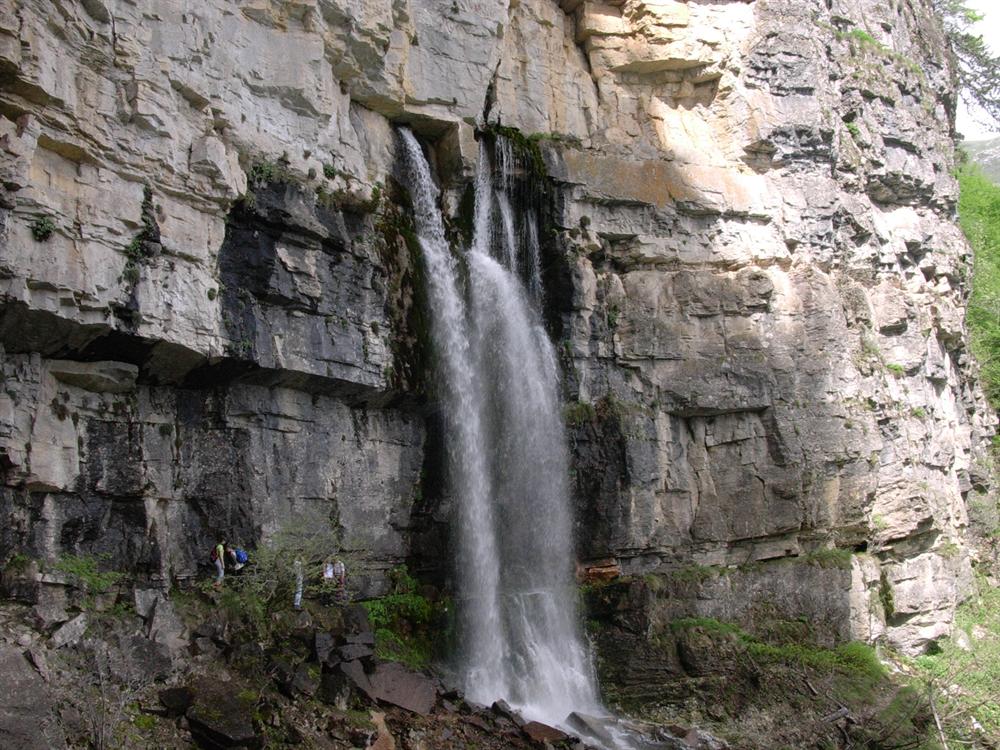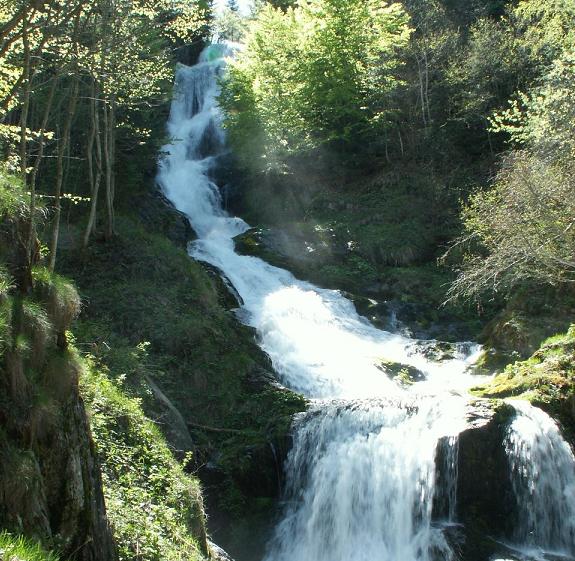
Marguareis Natural Park
This post is also available in:
 Italiano (Italian)
Italiano (Italian)
Alta Valle di Pesio and Tanarosi Park develops around the Marguareis Massif, in the heart of the Ligurian Alps, including two valleys: Pesio Valley and a portion of Alta Val Tanaro.
Its particular position, with a climate that is affected by the nearby Mediterranean Sea, has allowed the development of particularly rich flora and fauna.
Another important feature of this area is the karstic phenomena, mainly found on the Marguareis-Mongioie Massif: with more than 93 miles of caves, many of which still unexplored, it represents a real sanctuary for speleology scholars and enthusiasts.
Flora and fauna
The vegetation is variegated and luxuriant; it is in fact the area with the greatest plant biodiversity in the entire Alpine range. The limestone rock formations and the particular geographical position allowed some different microclimates, thus leading to the coexistence of the alpine flora and the Mediterranean one, with a total of about 1.500 catalogued species (equal to more than 1/4 of all the plant species in Italy).
There are vast forests of silver firs (Abies alb ), beeches (Fagus sylvatica), chestnut trees (Castanea sativa) and, on the southern slope , Scots pines (Pinus sylvestris), mountain pines (Pinus mugo subsp. “uncinata”), as well as rare and endemic herbaceous species.
The alpine avifauna is also very rich and variegated, featuring black grouses, black woodpeckers, eagles (2 nesting pairs), Eurasian eagle-owls, boreal owls, Eurasian pygmy owls, goshawks and harriers.
The area is also home to chamois and some species of Arctic origin, the so-called “glacial relics” such as mountain hares, stoats and rock ptarmigans. In the mid-1990s, after almost a century of absence, wolves spontaneously returned to this area, coming from the Apennines: they have now triggered several changes in the ecosystem while curbing the disproportionate growth of ungulates.
This post is also available in:
 Italiano (Italian)
Italiano (Italian)


